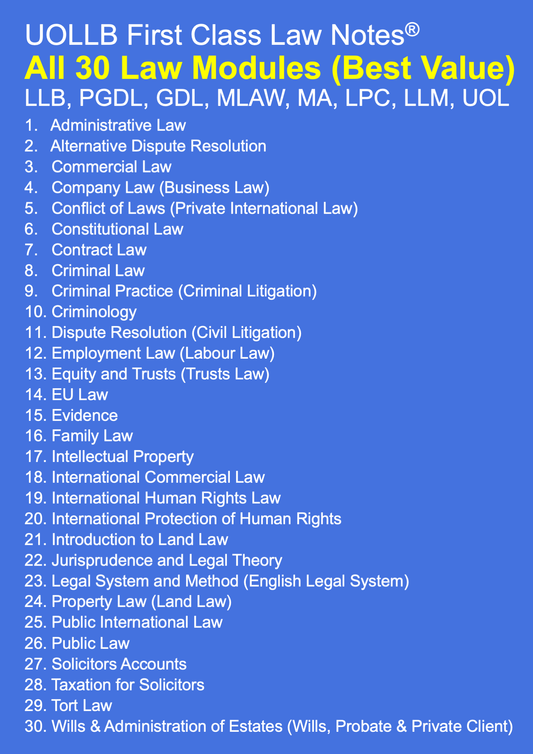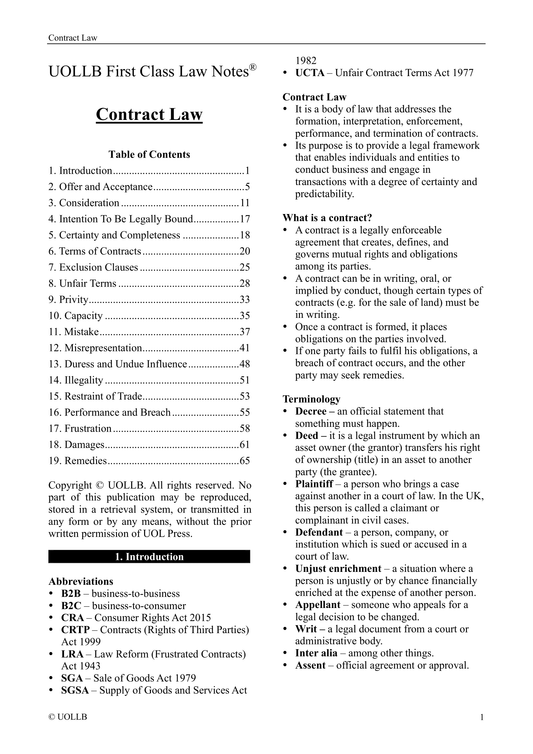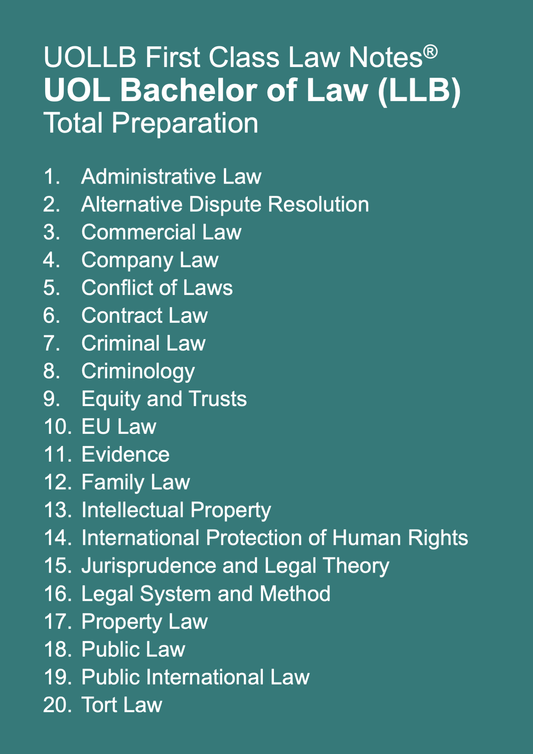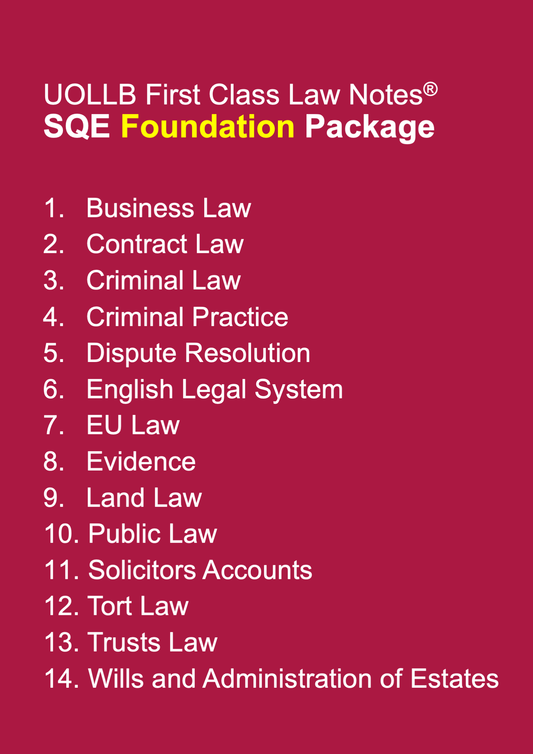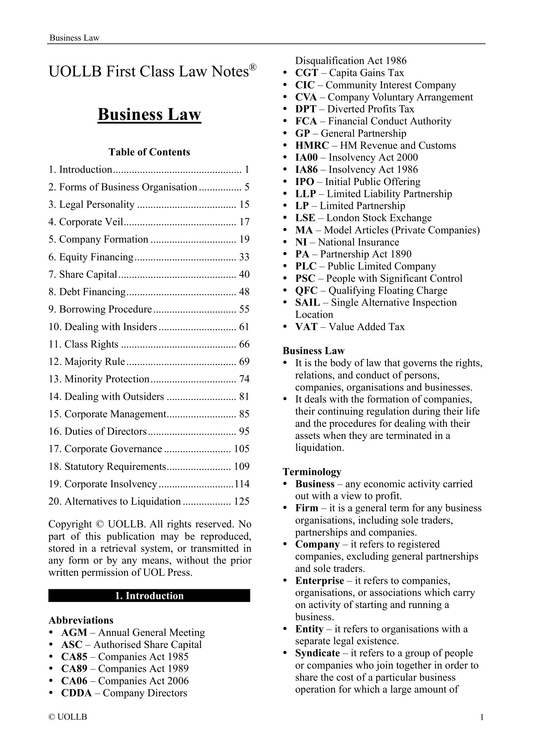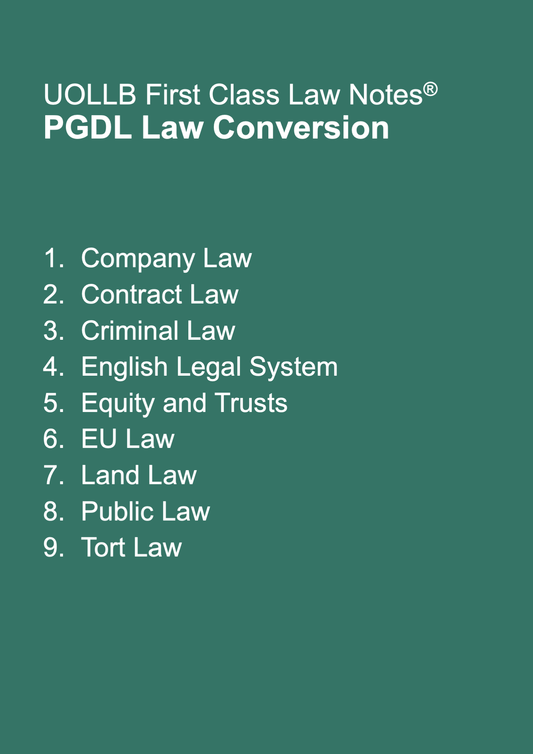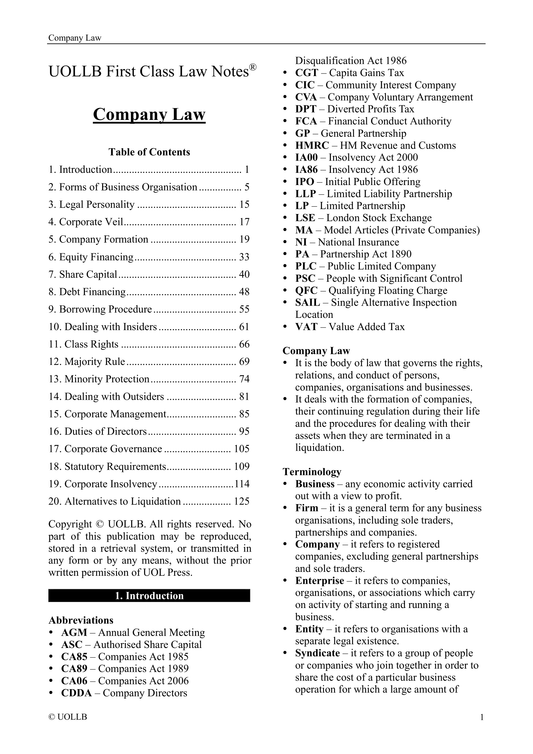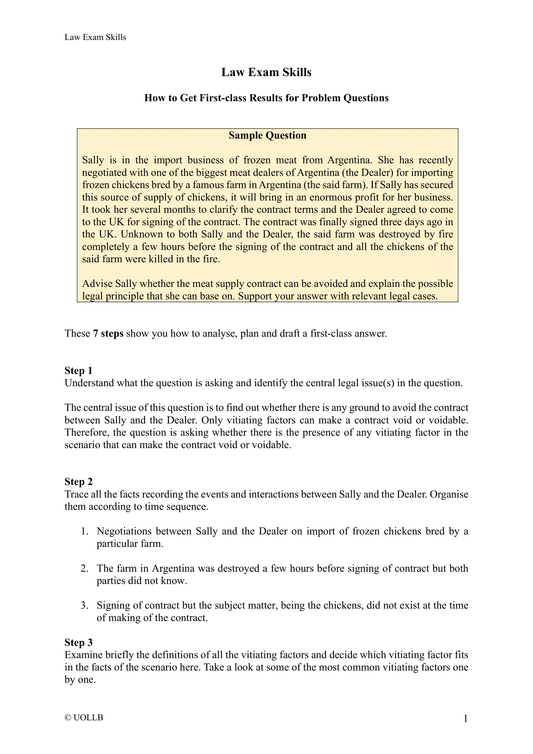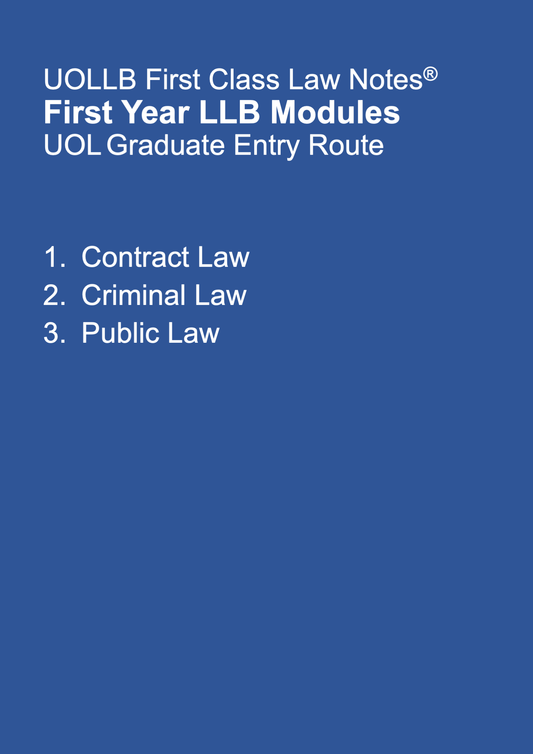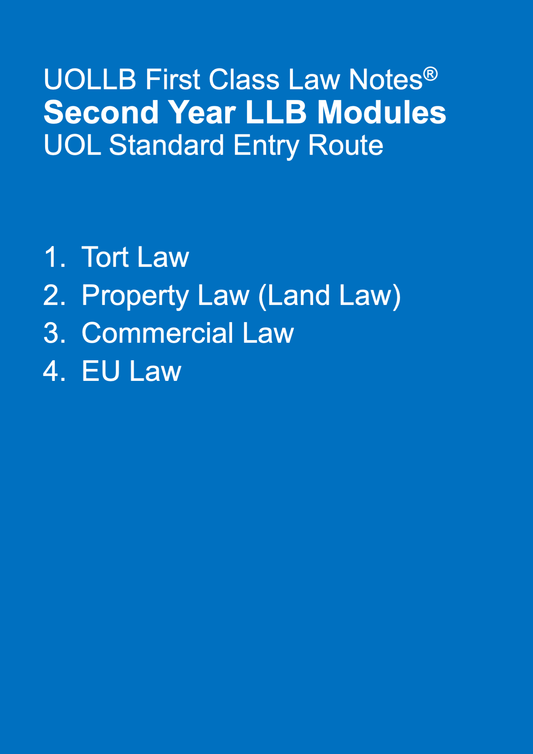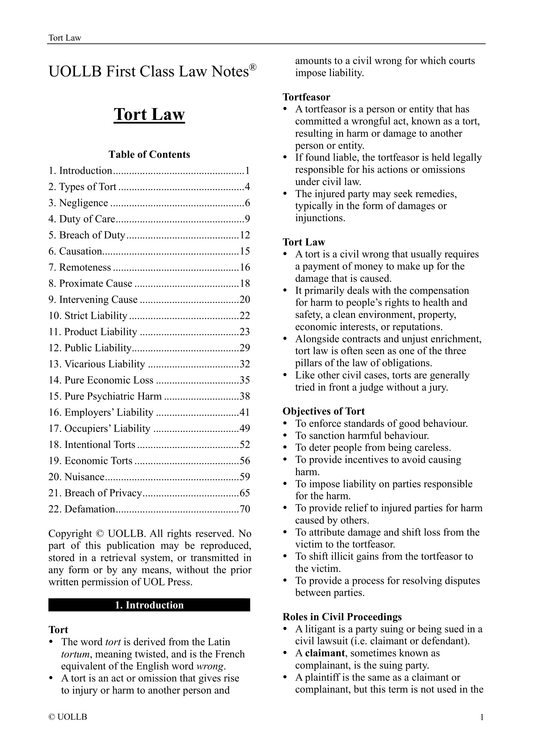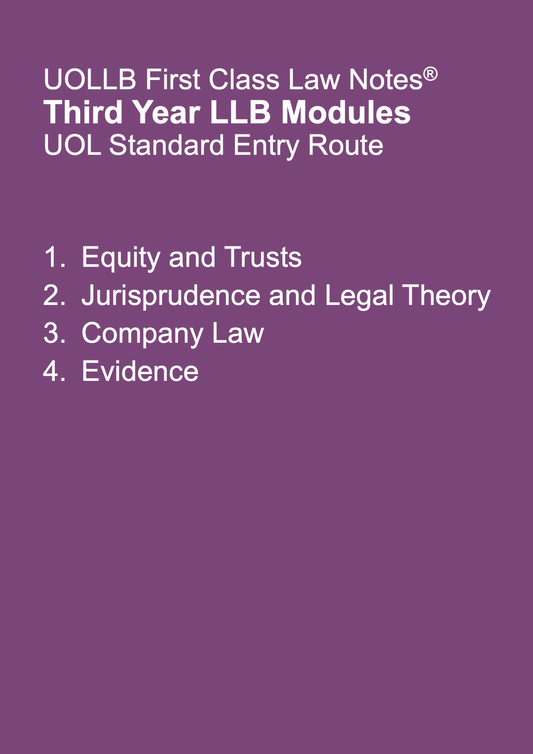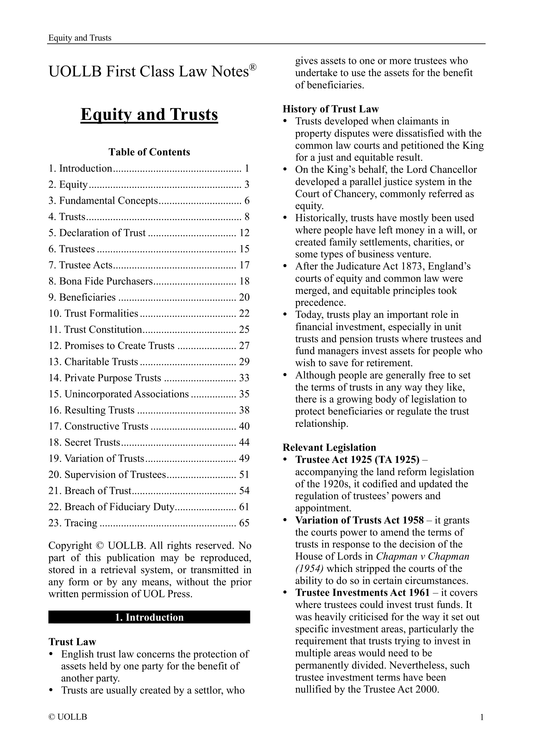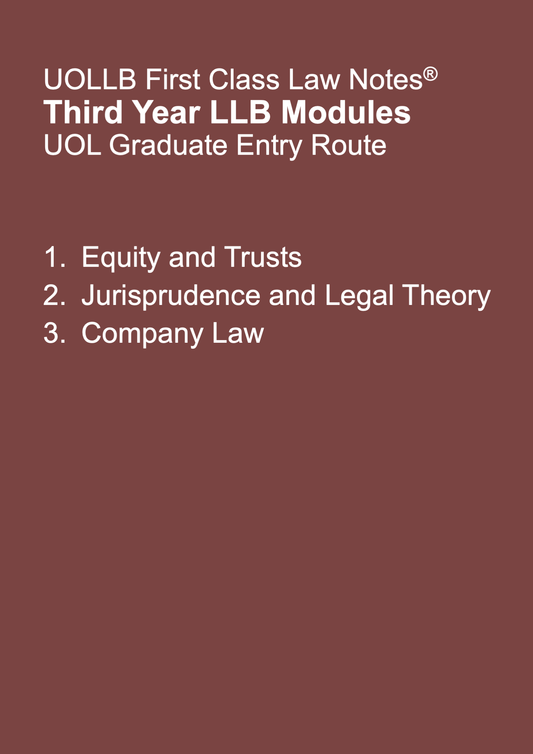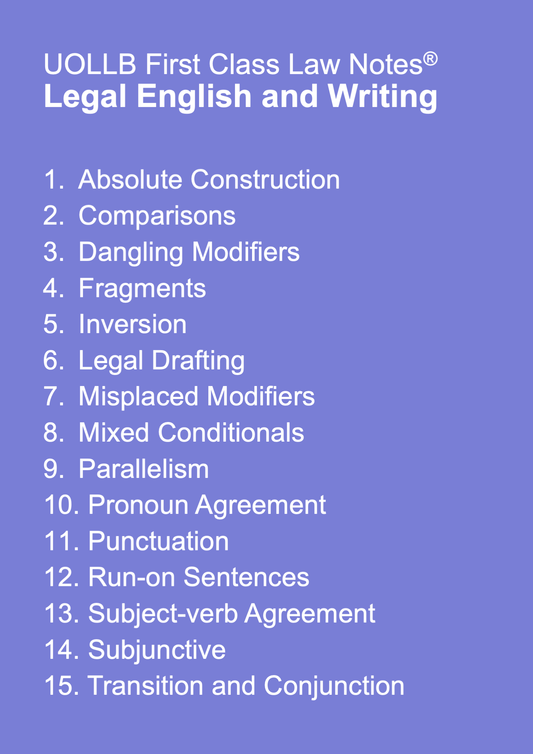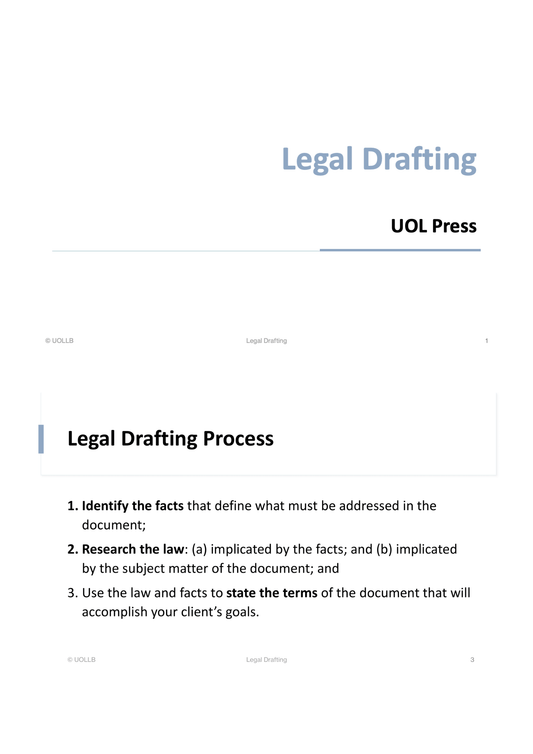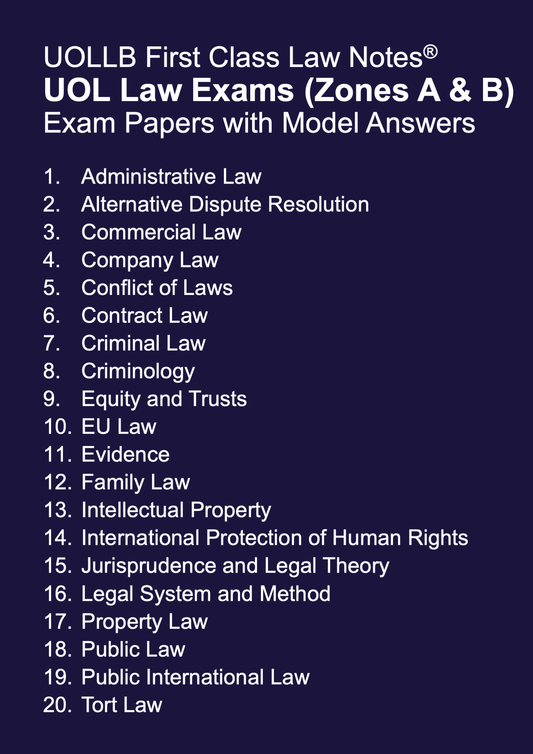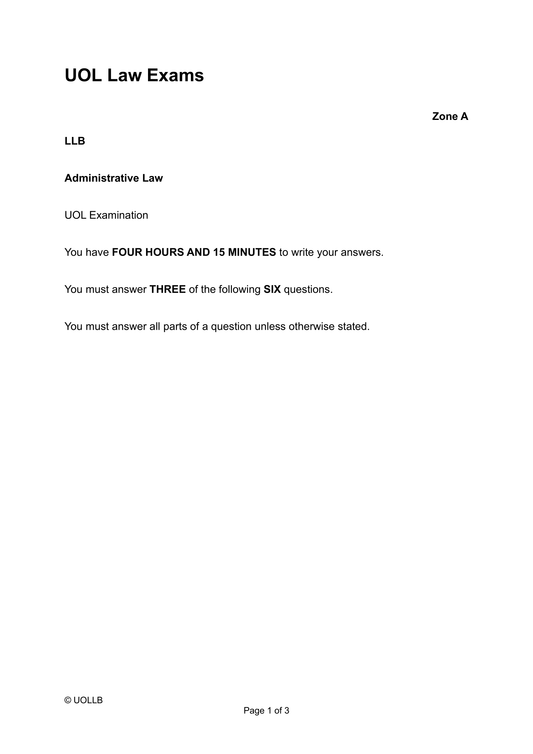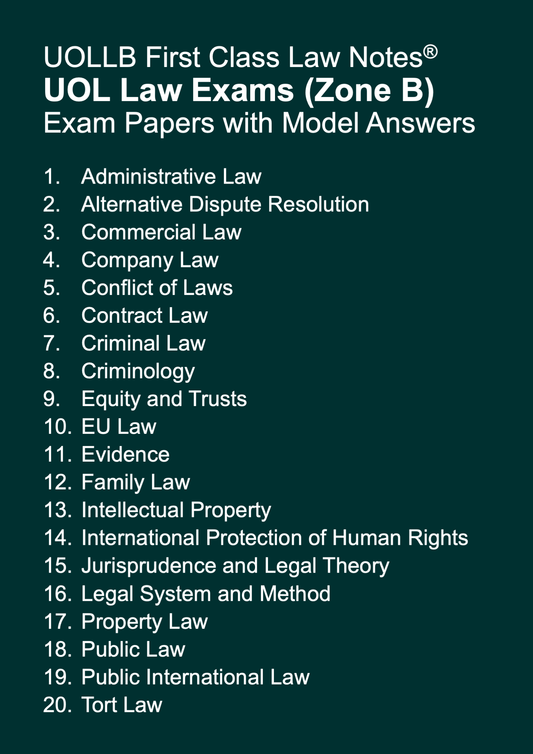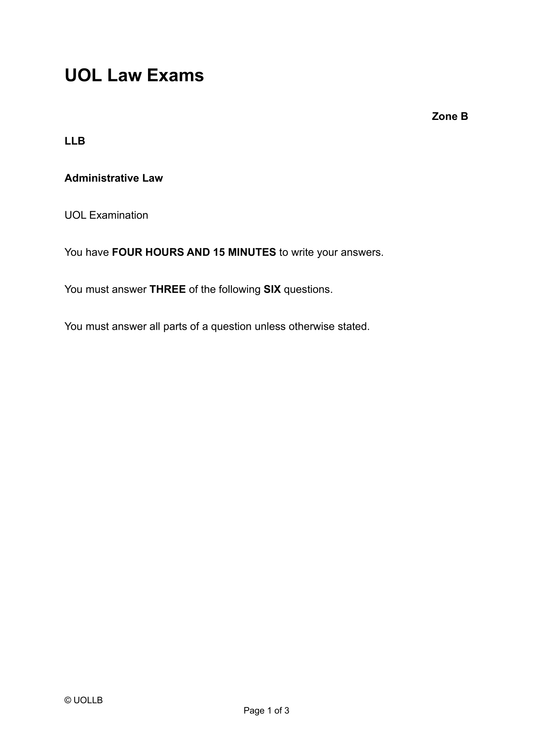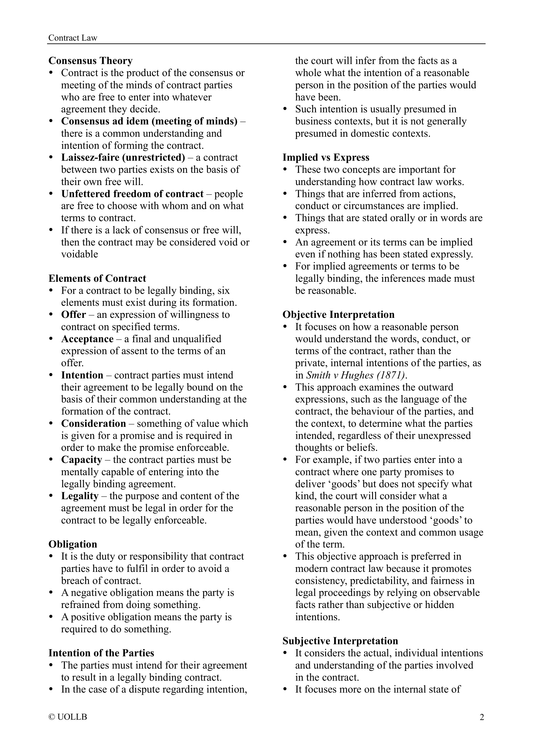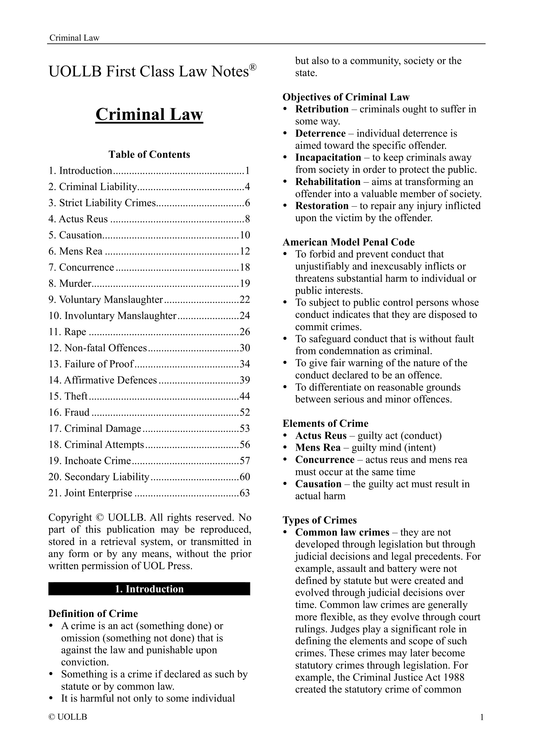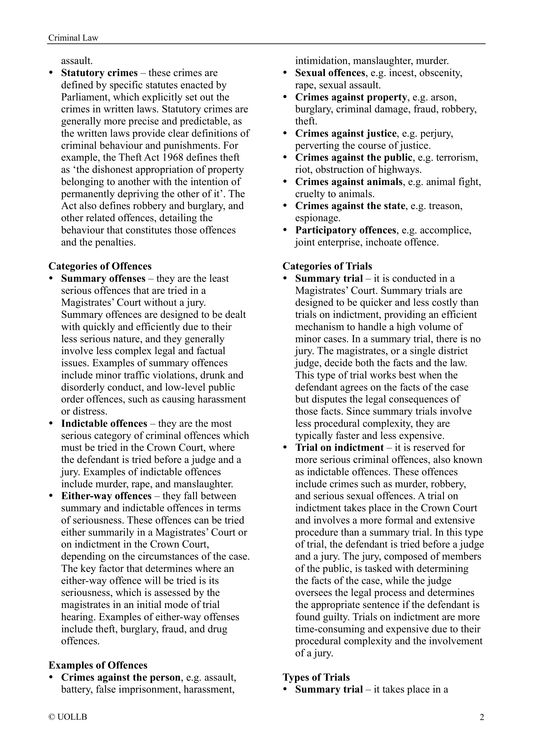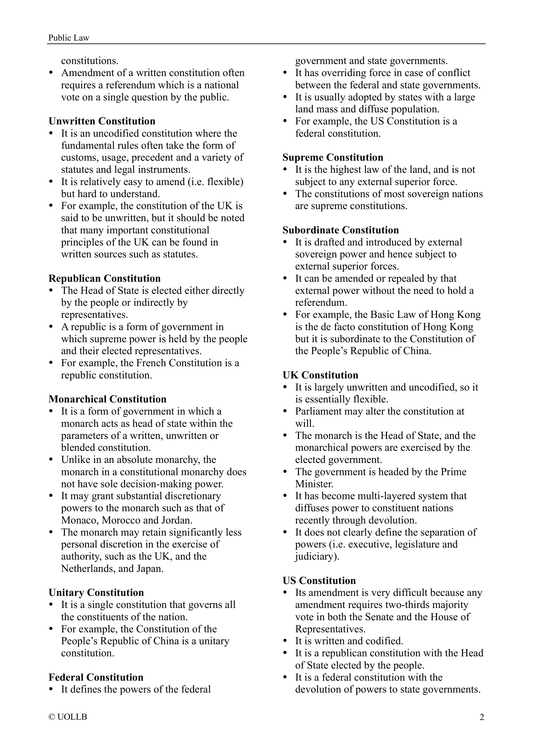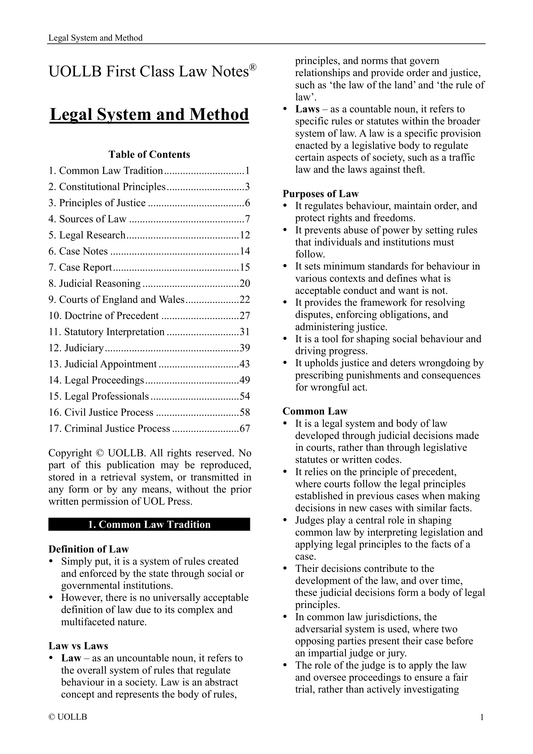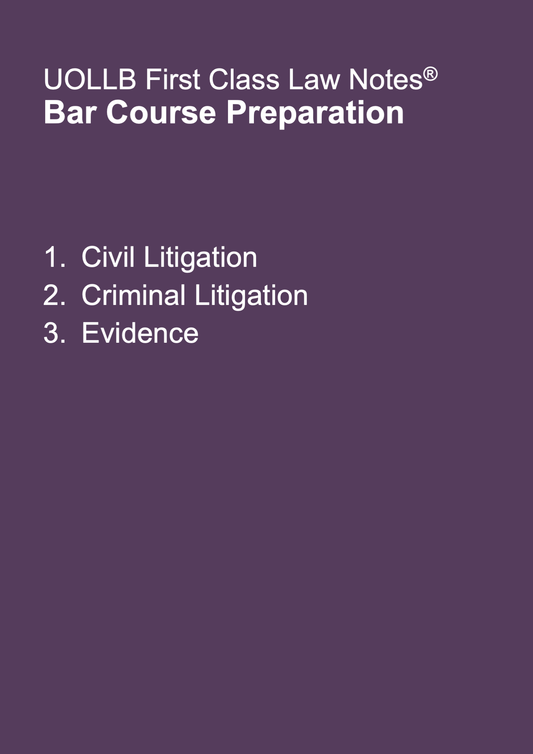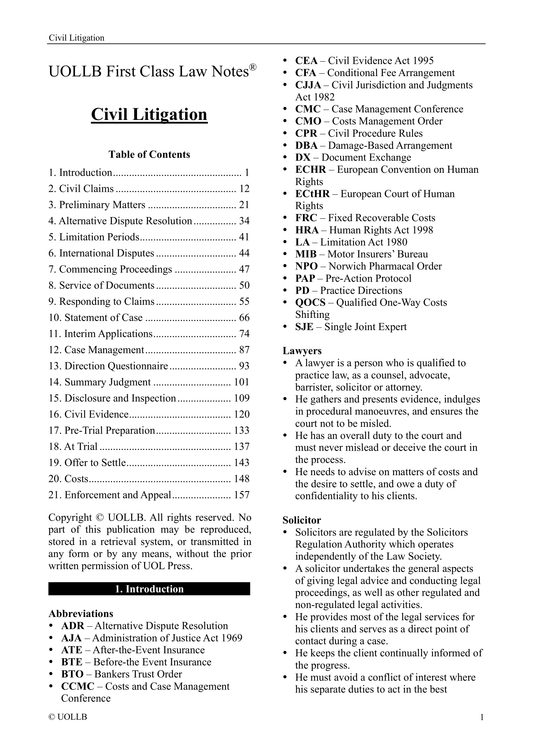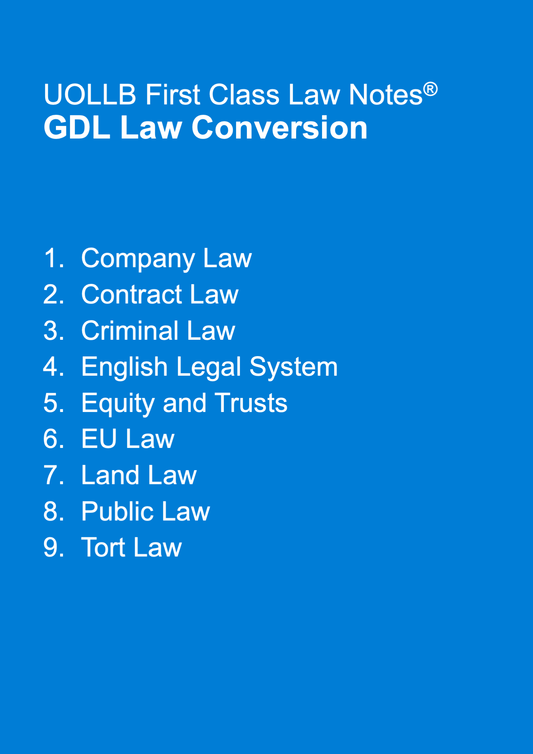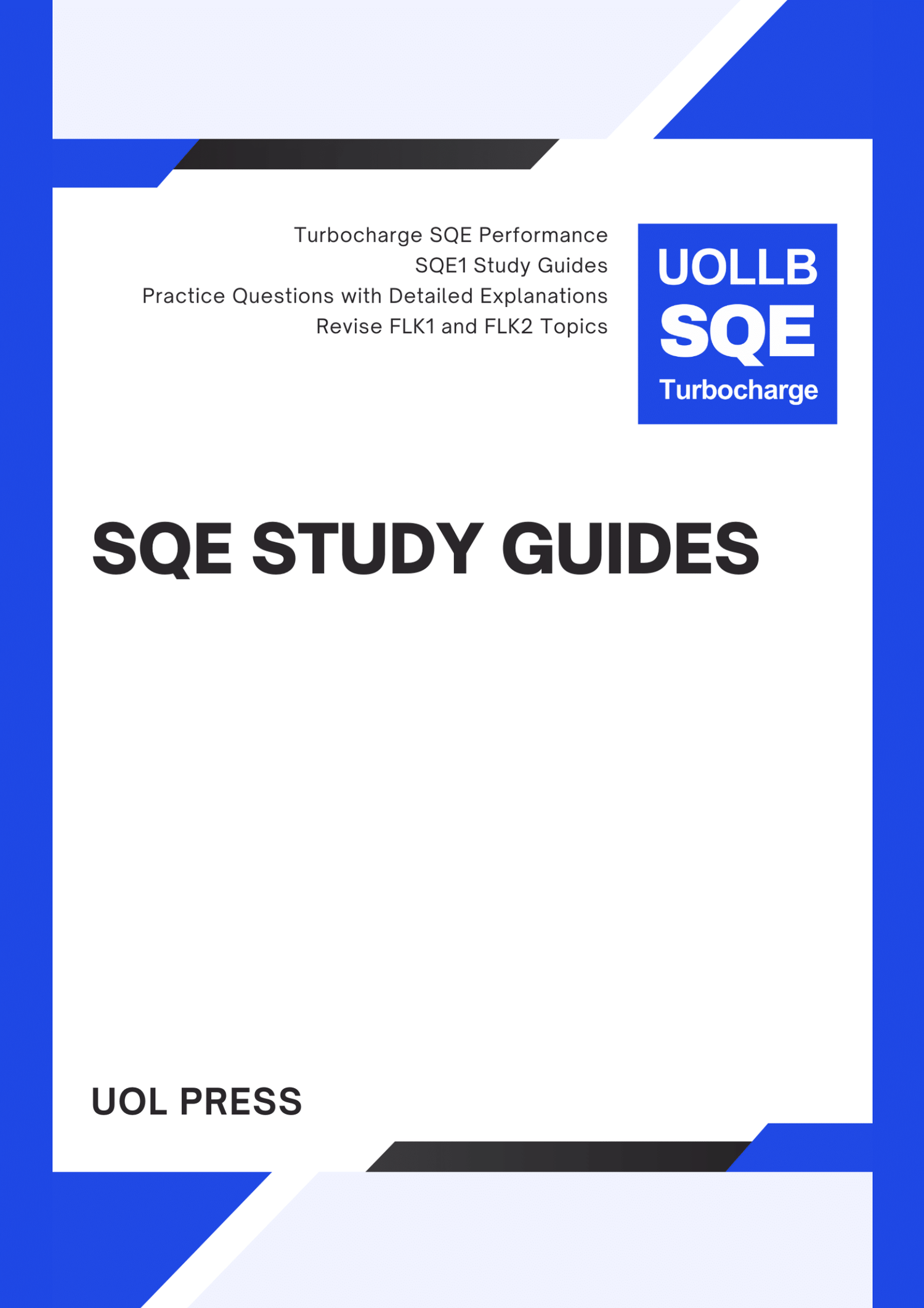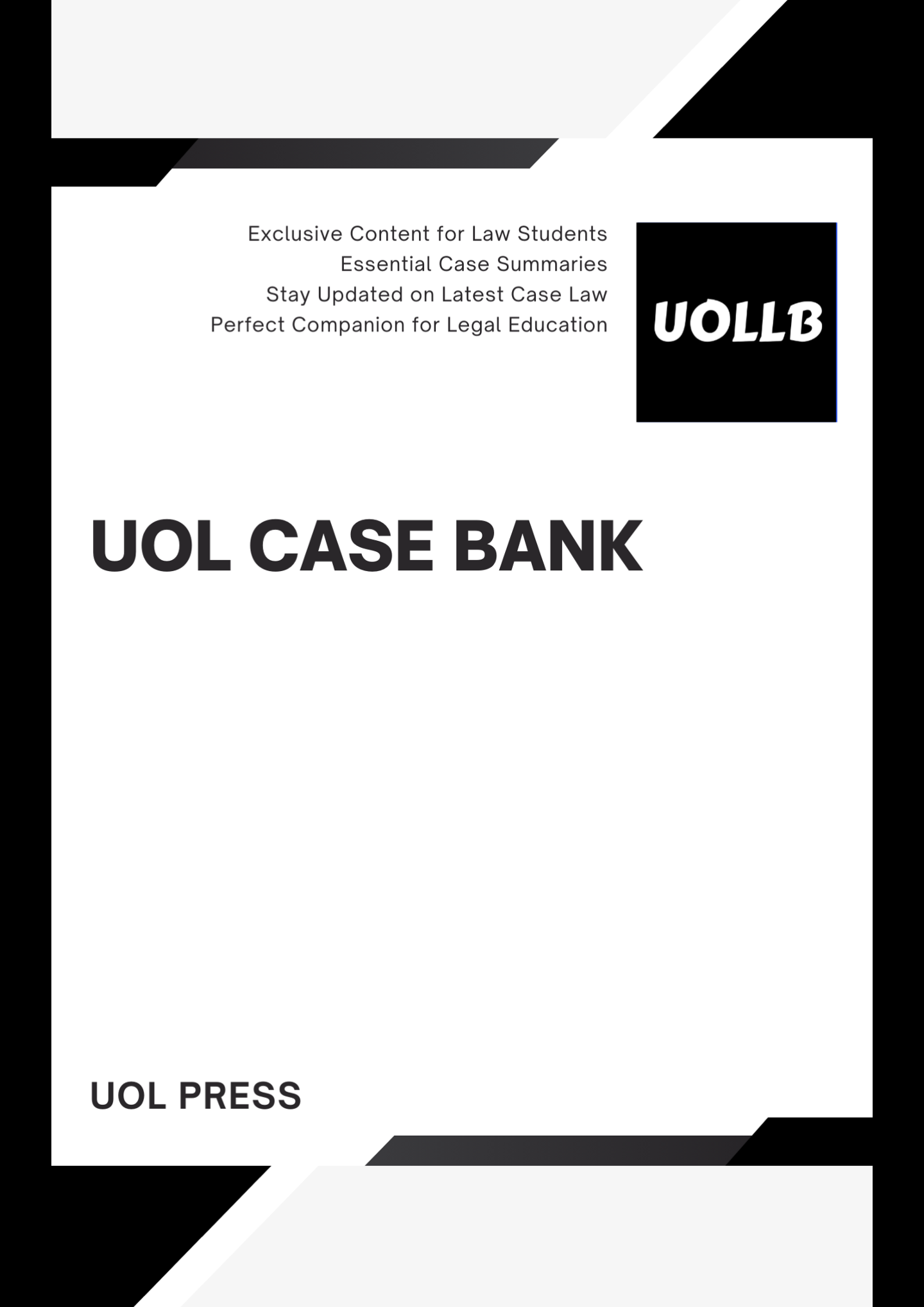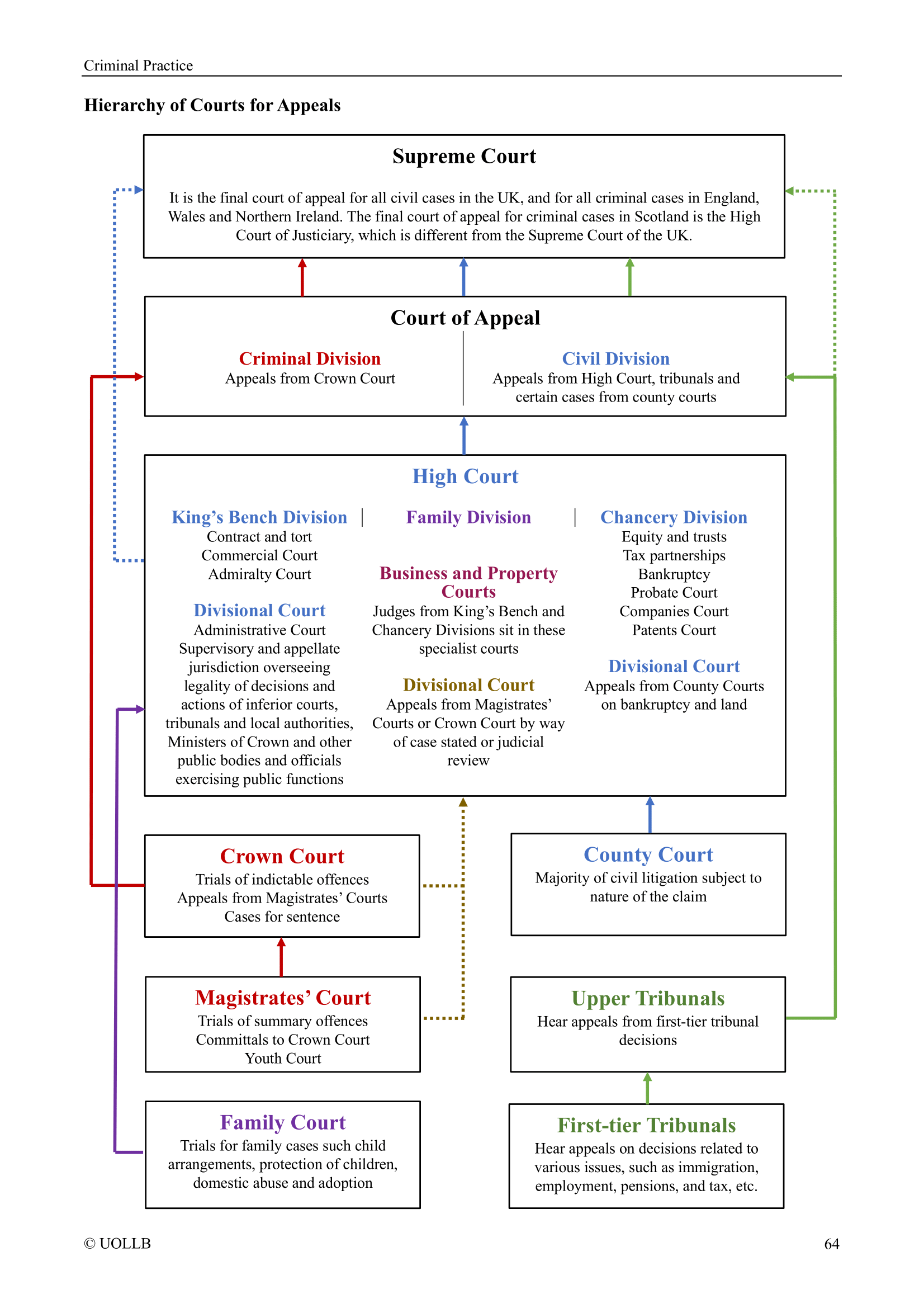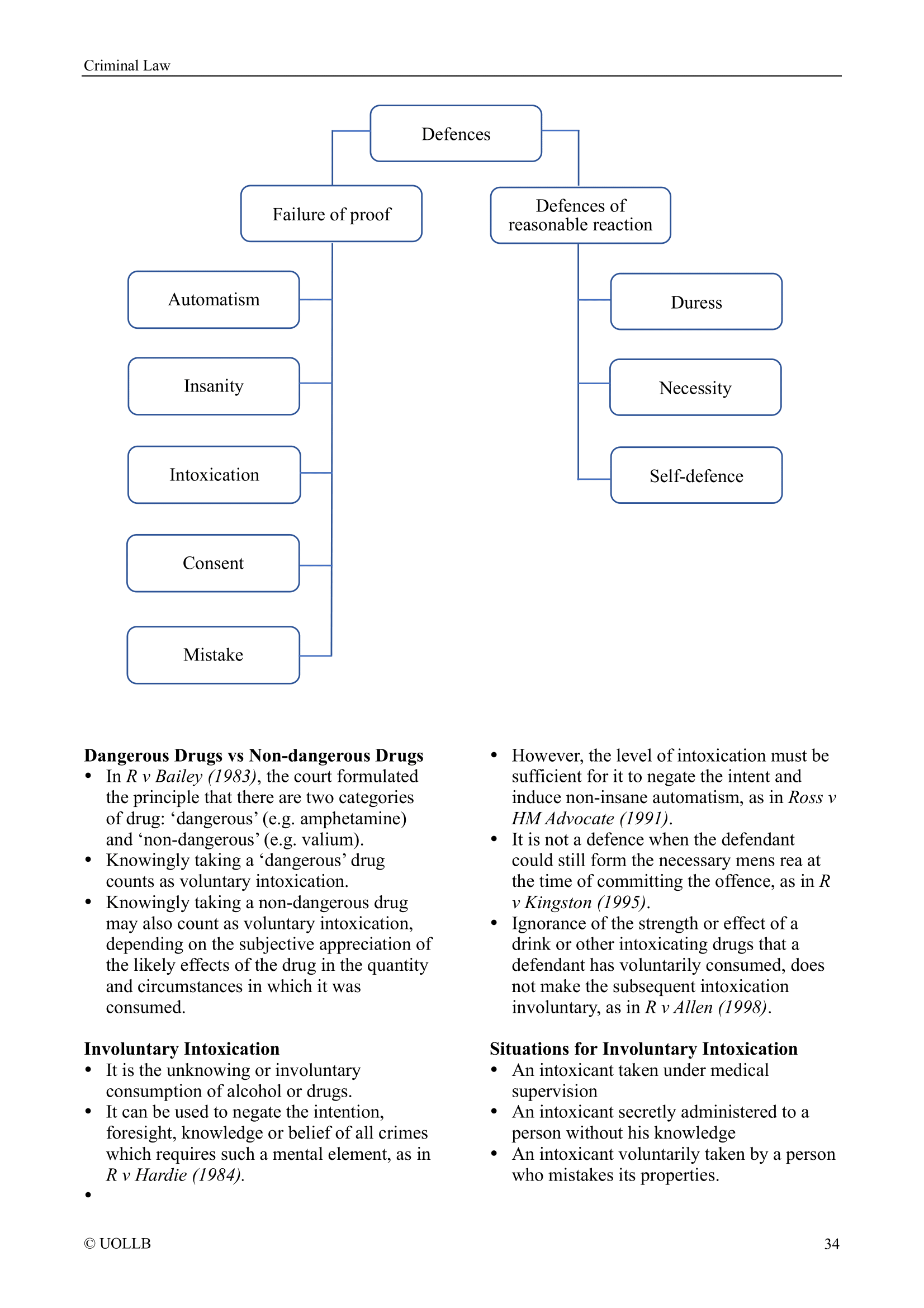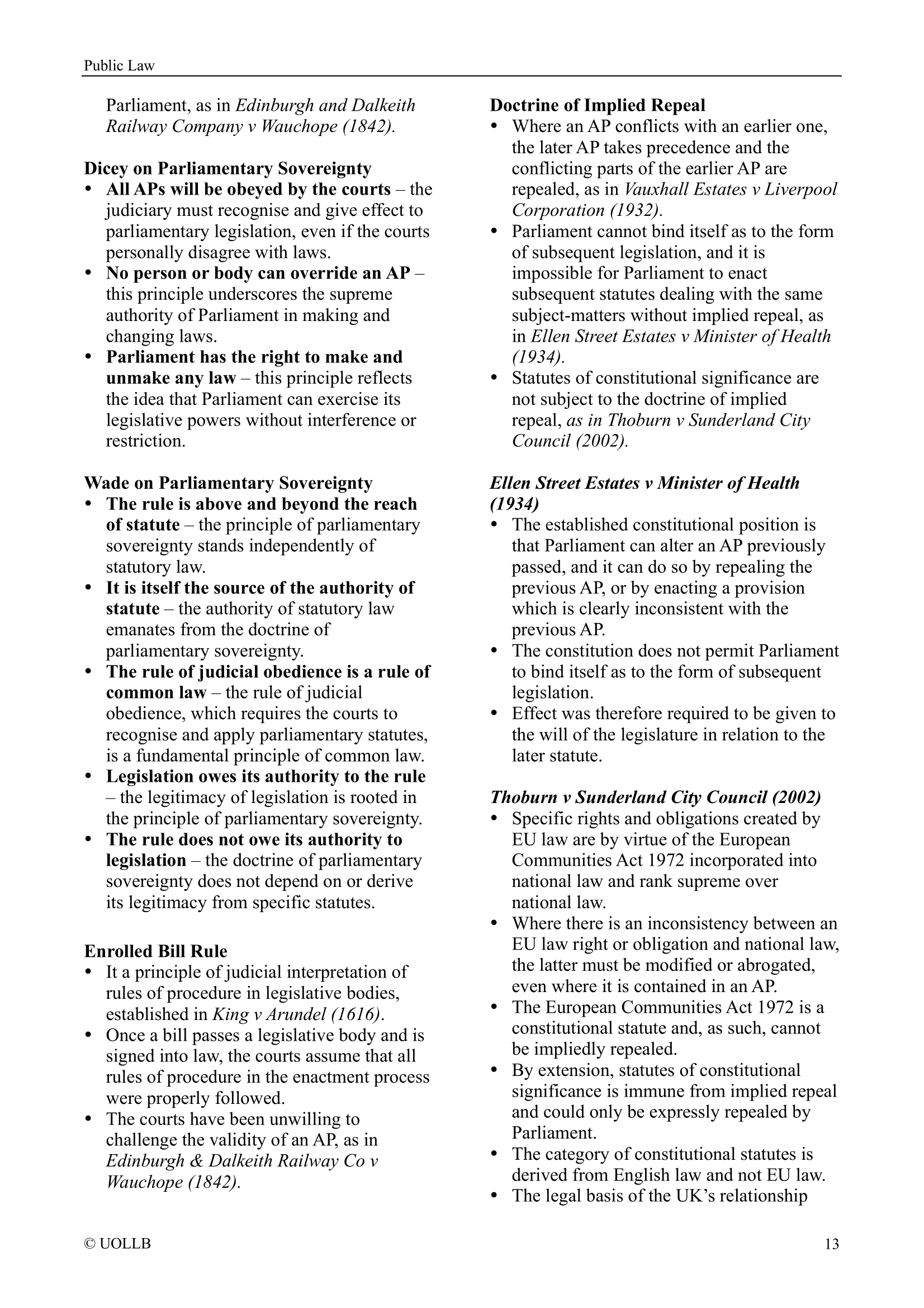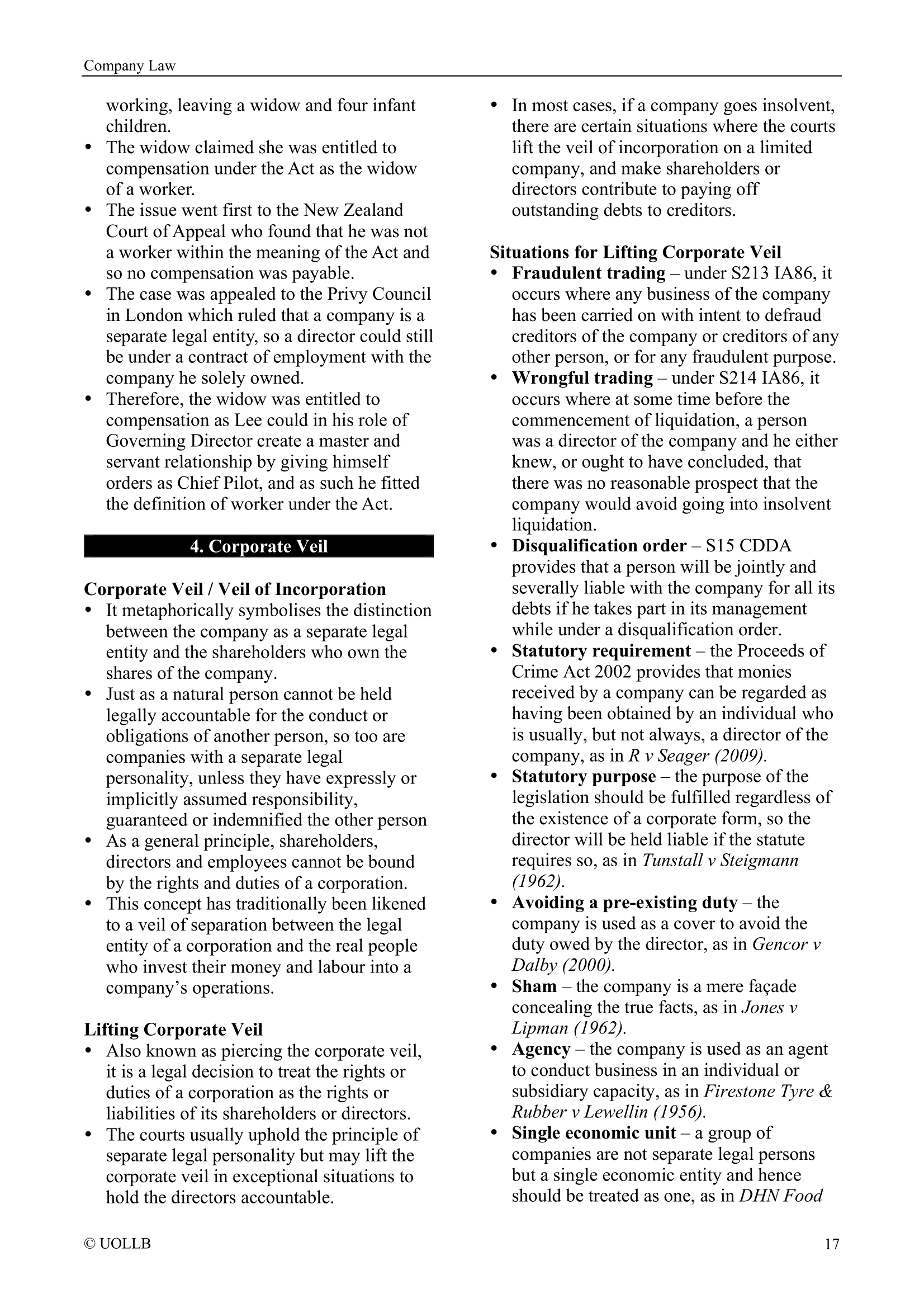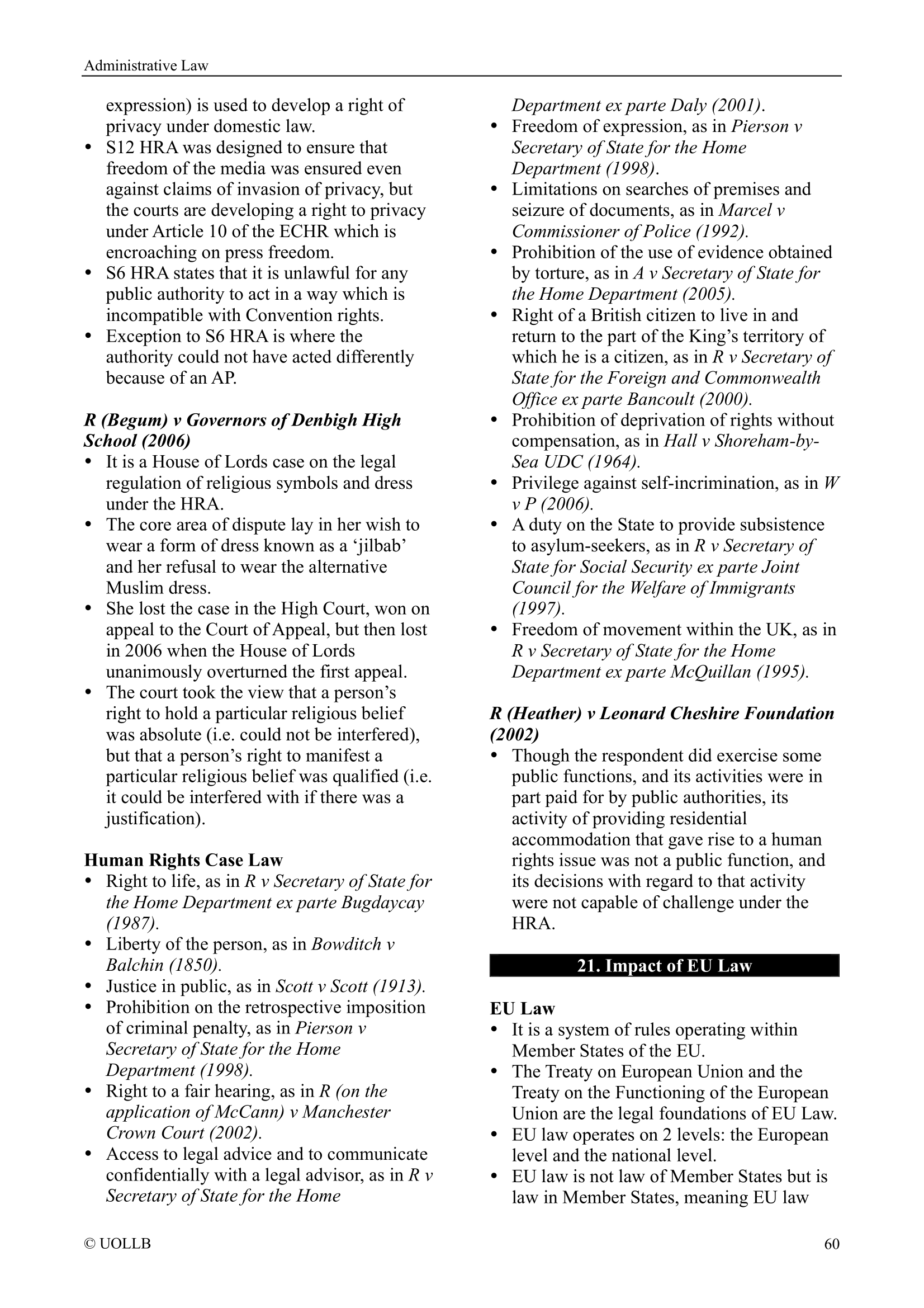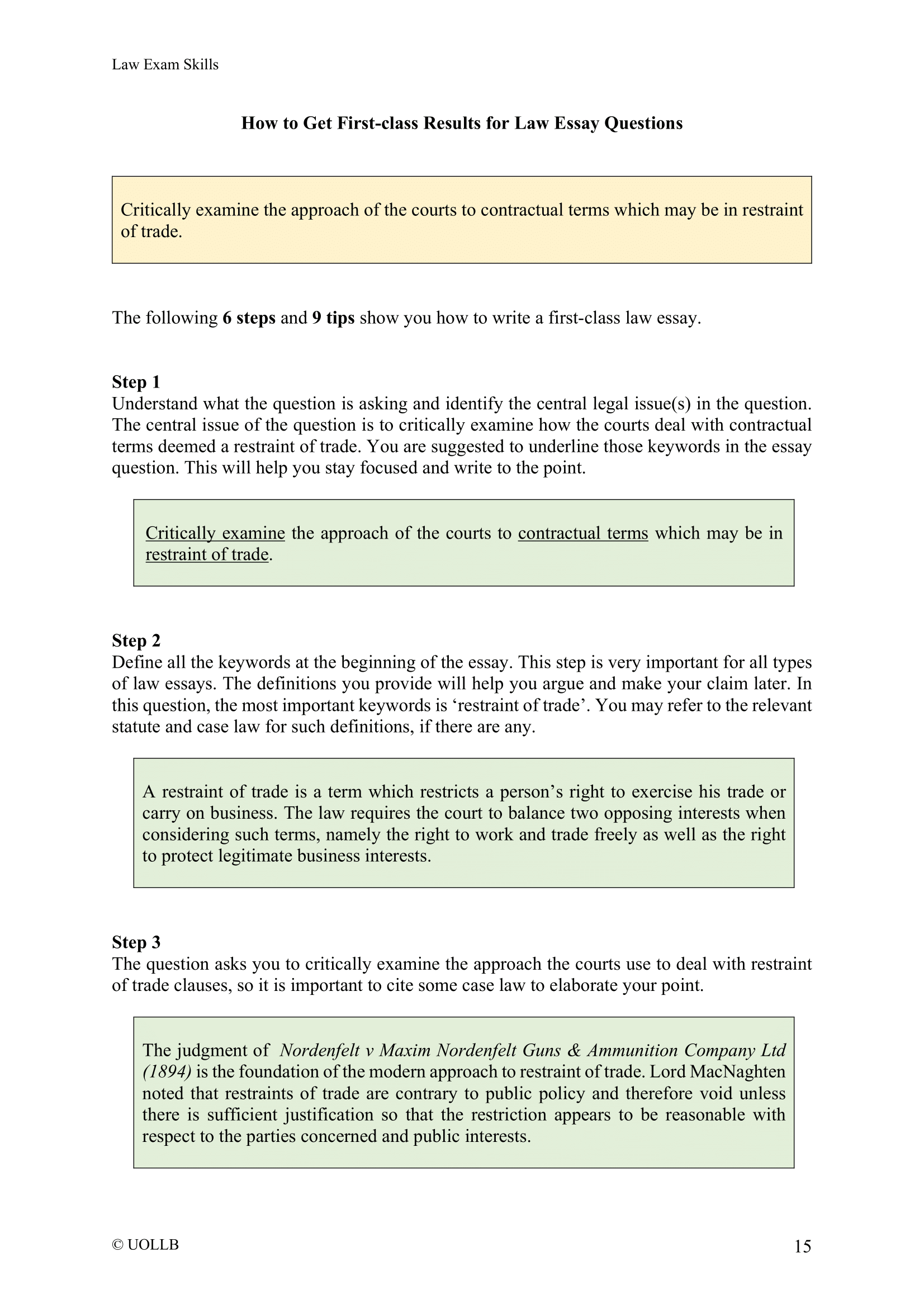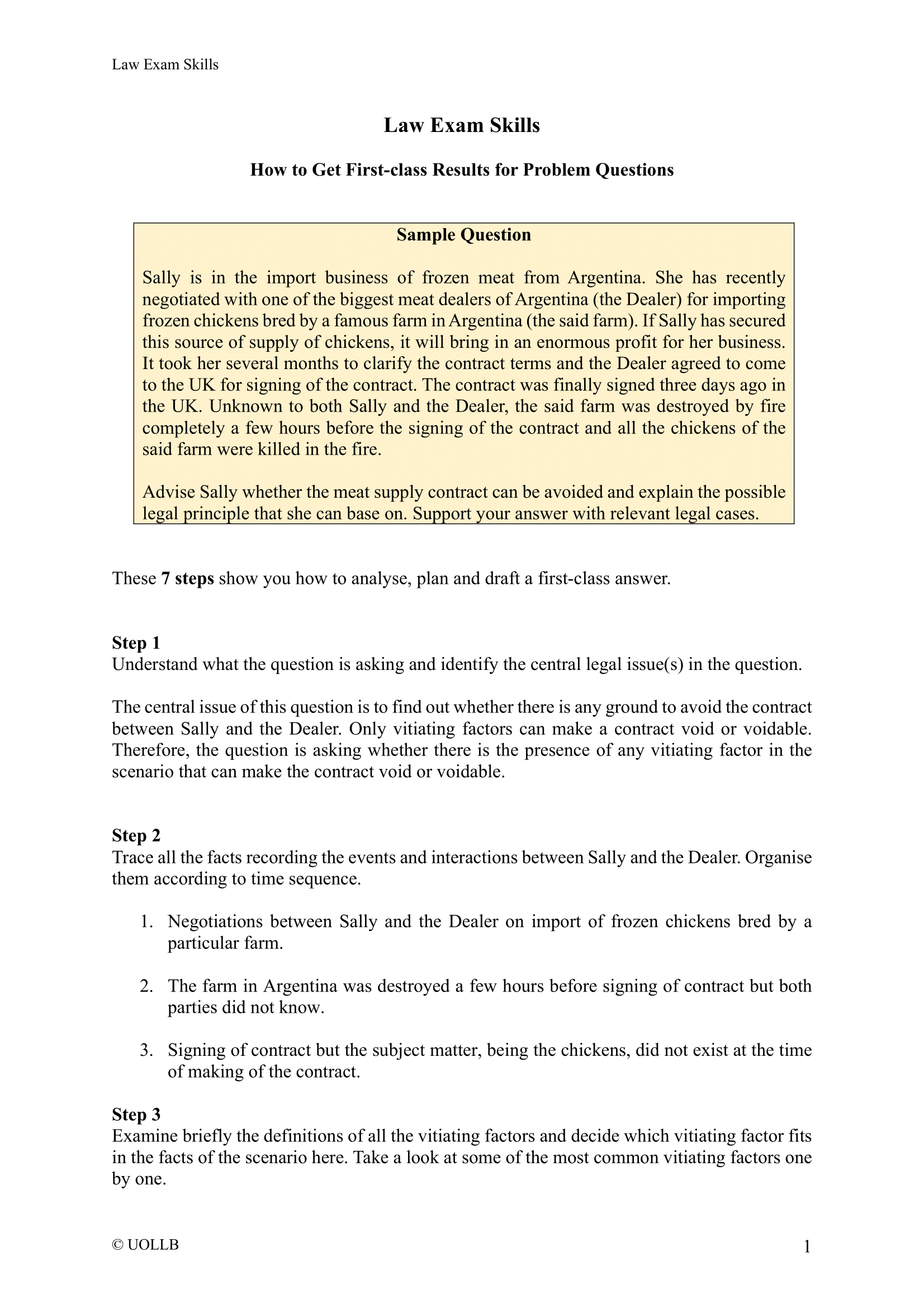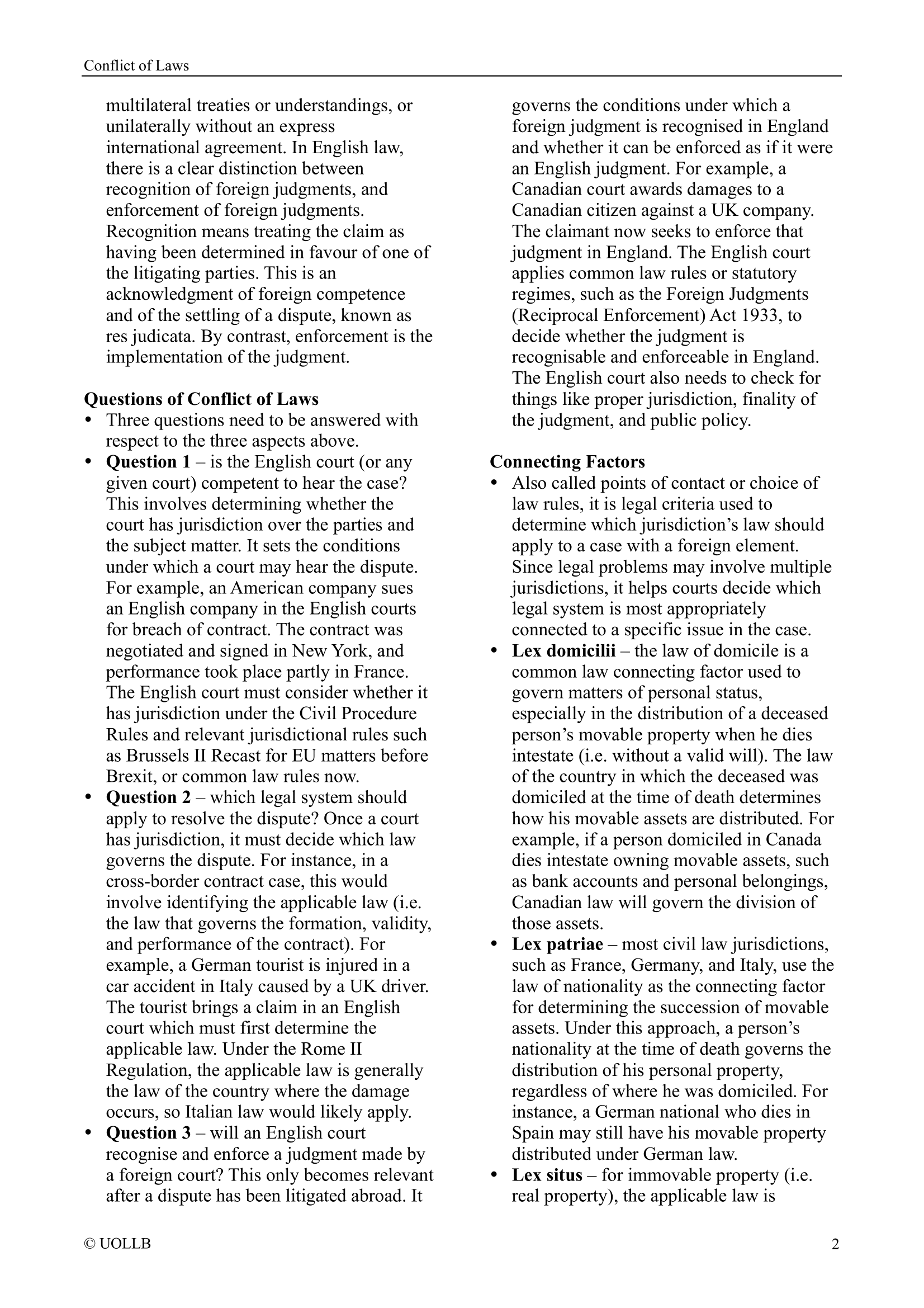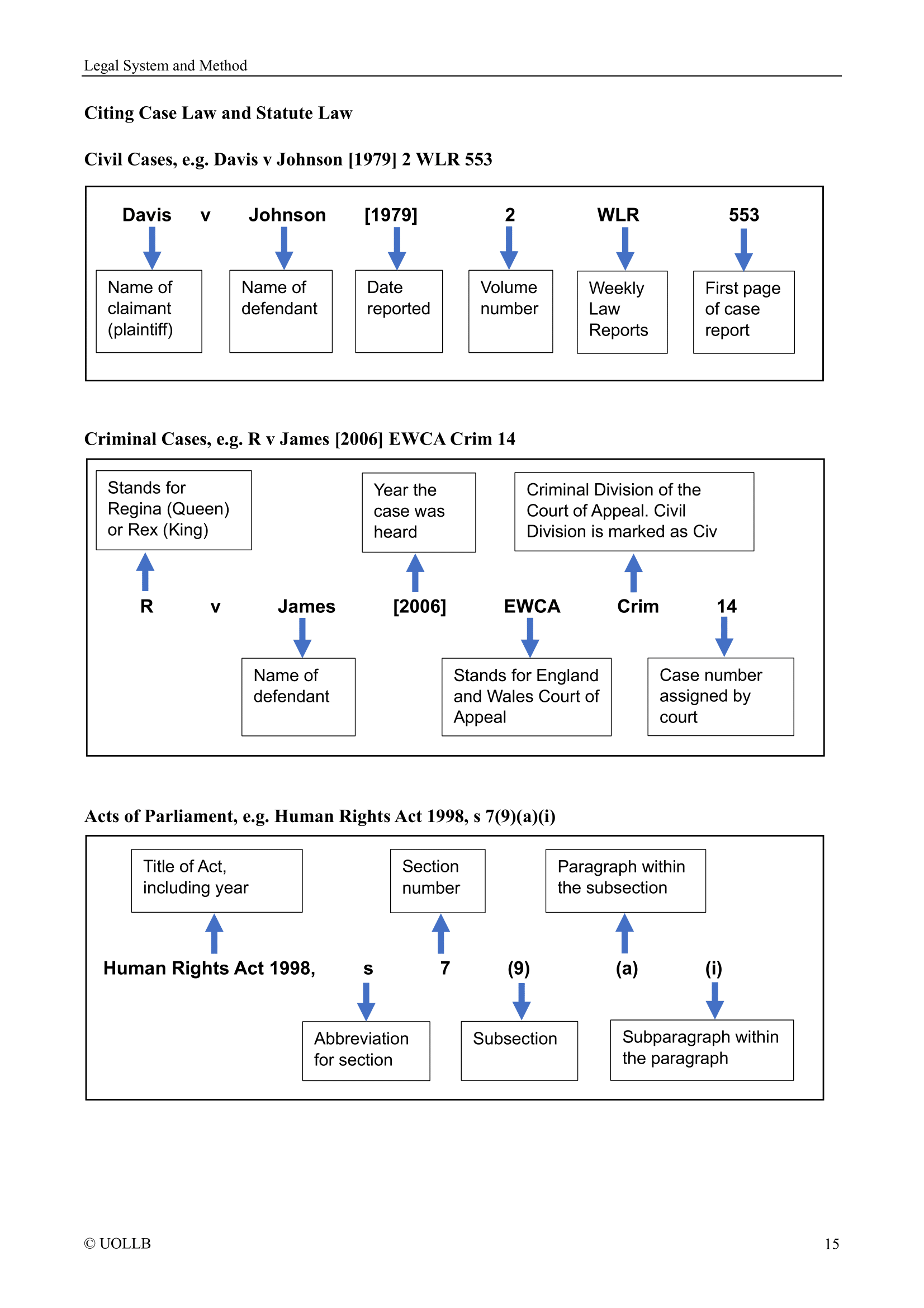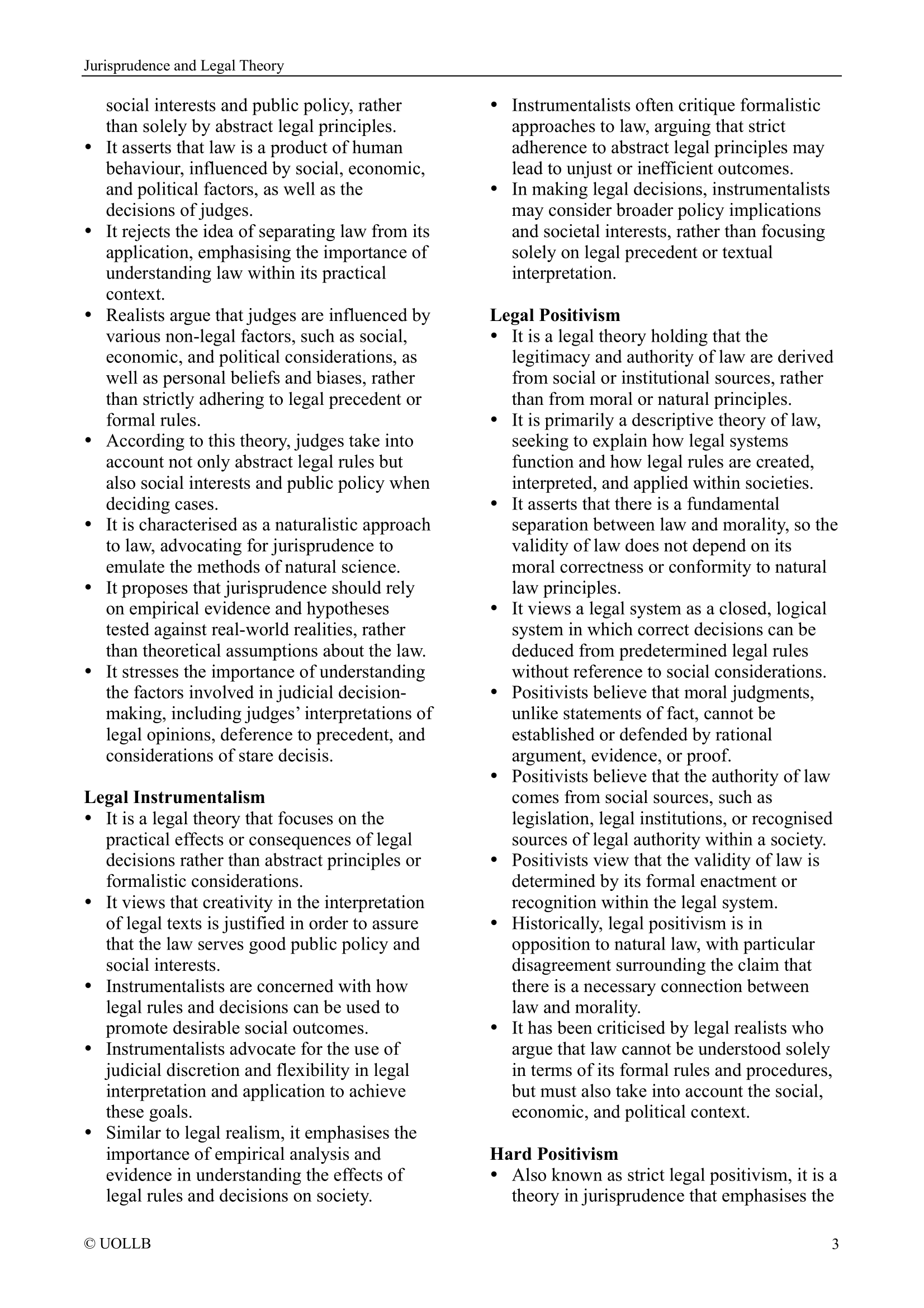Liability for Unauthorised Use of Disclosure of Confidential Information
Share
Liability for the unauthorised use or disclosure of confidential information typically requires meeting certain requirements. While the specific requirements may vary depending on the jurisdiction and the context in which the liability arises, here are some general considerations:
Existence of a duty of confidence: There must be a legally recognised relationship or circumstance that gives rise to a duty of confidence. This can arise through contractual agreements (such as non-disclosure agreements or employment contracts), professional relationships, or specific circumstances where confidentiality is reasonably expected.
Information must be confidential: The information in question must have the necessary quality of confidence, meaning that it is not generally known or readily accessible to the public. It should be information that the owner has taken reasonable steps to keep confidential and that is subject to an obligation of confidentiality.
Breach of confidence: Liability for the unauthorised use or disclosure of confidential information occurs when there is a breach of the duty of confidence. This can happen through actions such as unauthorised disclosure to third parties, unauthorised use of the information for personal gain or advantage, or a violation of a contractual obligation to keep the information confidential.
Damages or harm: To establish liability, the party claiming the breach of confidence must demonstrate that he has suffered actual harm or damage as a result of the breach. This can include financial losses, loss of competitive advantage, damage to reputation, or other forms of harm directly attributable to the unauthorised use or disclosure of the confidential information.
Reasonable steps to maintain confidentiality: The owner of the confidential information must demonstrate that he has taken reasonable steps to maintain the confidentiality of the information. This can include implementing security measures, using confidentiality agreements or non-disclosure agreements, restricting access to the information on a need-to-know basis, and treating the information as confidential within his organisation or relationship.
Causation: There must be a causal connection between the breach of confidence and the damages suffered. The breach of confidence must be a direct or significant factor that led to the harm or loss experienced by the owner of the information.
In conclusion, liability for the unauthorised use or disclosure of confidential information requires meeting specific requirements. These include the existence of a duty of confidence, the information being genuinely confidential, a breach of that duty, causation, and actual harm or damages suffered.
